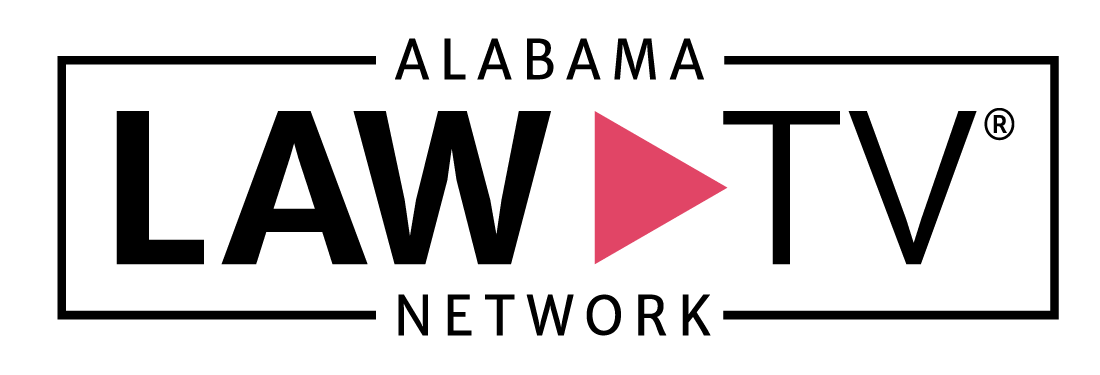Direct Service Connection
In order to receive VA disability compensation, your disabling condition must be service connected. There are generally 5 ways for a Veteran to establish service connection which include direct service connection, presumptive service connection, secondary service connection, service connection based on aggravation, and service connection based on 1151 claims. This series of blogs will examine each of the different service connection avenues, and what is required for each. For this blog, we will look at what is required for a direct service connection.
Direct service connection is probably the most common form of service connection, and generally is the type of service connection Veterans are most familiar. The first requirement is that the Veteran have a current disability. While not always required, a confirmed diagnosis from a medical provider can establish a current disability. Second, the Veteran will need to establish an in-service event, injury or illness that caused the disability. An example might be treatment in service for the disabling condition that you are now claiming. Finally, the Veteran will need to establish a medical nexus linking his condition to an in-service injury, event or illness. The nexus must be provided by a medical professional and indicate whether it is at least as likely as not that the Veteran’s condition was caused or aggravated during their military service. While the VA often schedules C&P examinations to determine whether a particular condition is related to service, Veterans are also free to seek nexus opinions from private medical providers as well.

 Navigation
Navigation